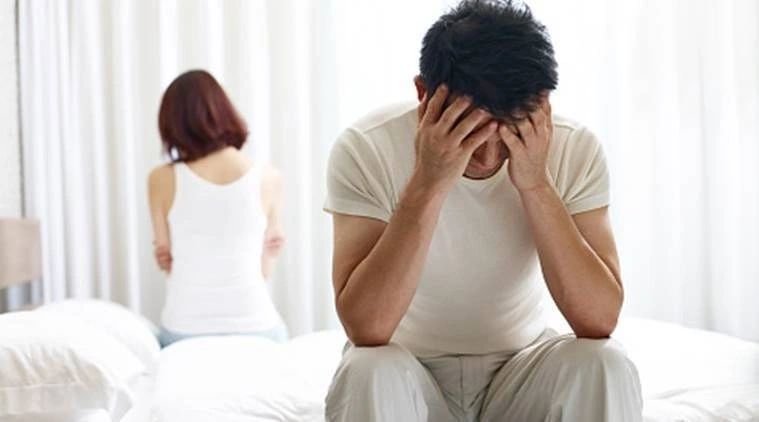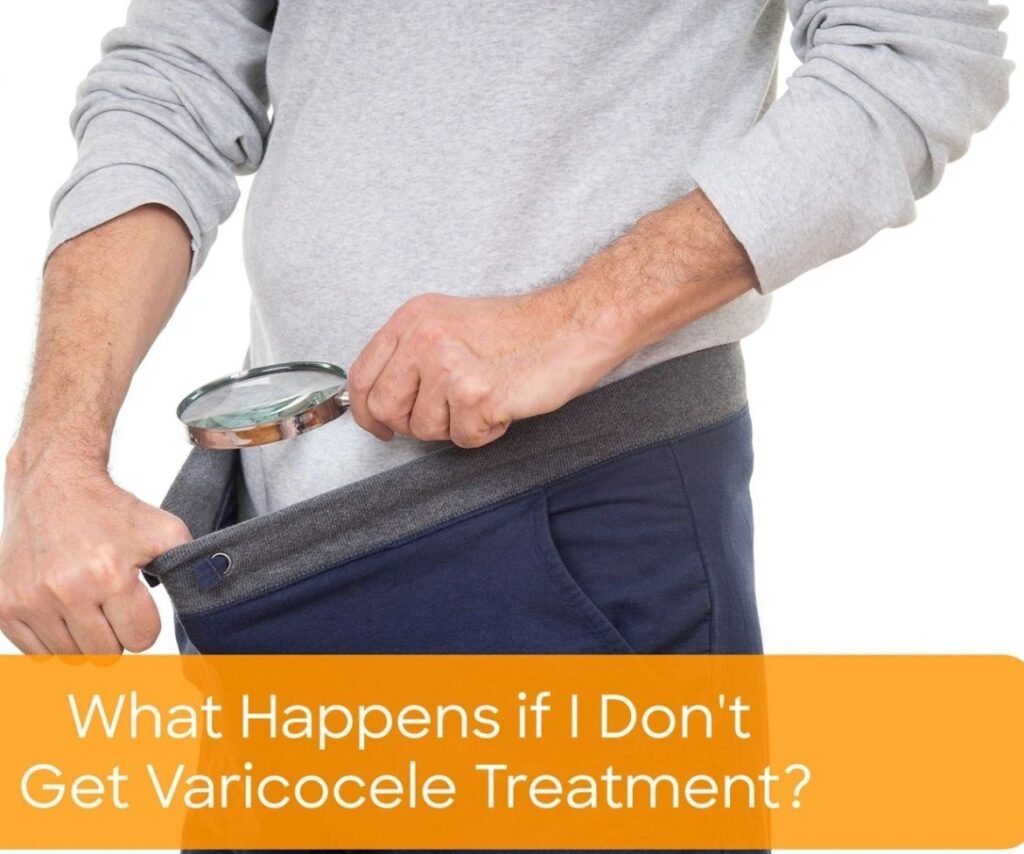Varicocele: A Threat to Fertility of Man?
Varicocele- Is it a threat to male fertility

Varicocele is Dilated venous channels in testis
Varicocele is an abnormal & tortuous dilatation of the veins of the pampiniform plexus of the spermatic cord and is most commonly diagnosed by physical exam, (feeling of a bag of worms) or colour duplex Doppler ultrasound (where vein measurement and blood flow patterns are observed).
Varicocele rarely becomes clinically evident before early adolescence. Once present, they are not thought to regress.
Symptoms & SignsTypical varicocele symptoms are mild and many do not require treatment.
Treatment may be necessary if the varicocele is causing discomfort or any of the other problems listed below.

Signs of Varicocele
Pain: One of the signs of varicocele is an aching pain when the individual has been standing or sitting for an extended time and pressure builds up in the affected veins.
Heavy lifting or exercising in a gym may make varicocele symptoms worse and, in some cases, can even cause varicocele to form. Usually (but not always) painful varicocele are prominent.
Fertility Problems: There is an association between varicocele and infertility or subfertility, but it is difficult to be certain if a varicocele is the cause of fertility problems in any one case. In one study, as many as 40 per cents of men, who were subfertile were found to have a varicocele. Other signs of varicocele can be a decreased sperm count; decreased motility, or movement, of sperm; and an increase in the number of deformed sperm. It is not known for sure how varicocele contributes to these problems, but a common theory is that the condition raises the temperature of the testicles and affects sperm production.

Studies have shown that from 50% to 70% of men with fertility problems will have a significant improvement in the quality and/or quantity of sperm production after they have undergone varicocele repair.
Testicular Atrophy: Atrophy, or shrinking, of the testicles, is another of the signs of varicocele. The condition is often diagnosed in adolescent boys during a sports physical exam. When the affected testicle is smaller than the other, repair of the varicocele is often recommended. The repaired testicle will return to normal size in many cases

Treatment: No Medical Therapy except some symptomatic anti-inflammatory drugs in case of continuous pain
Surgery is only Treatment

Microscopic Subinguinal Varicocelectomy: It is the most effective treatment with minimal complications and recurrence.
Other Methods include
Inguinal varicocelectomy
Embolization
Laparoscopic Varicocele Surgery
Above method have either high failure / Recurrence or high complications like testicular atrophy or Hydrocele formation due to damage to Lymphatics.
For Best Outcome ask for Microscurgical Microscopic Subinguinal Varicocelectomy.
